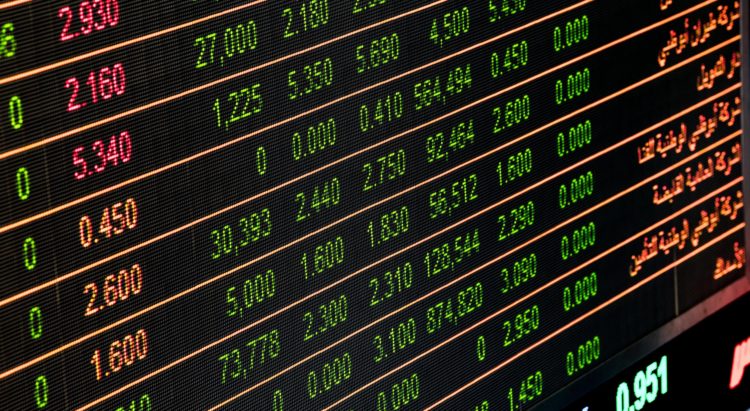Technology has cemented itself at the foundation of the global economy over the past decade. Although Covid-19 remains a global threat to economic recovery, extraordinary growth is being fuelled by increased and sustained tech-driven innovation.

“Companies that have seen their share prices rise are most often either tech firms or businesses with a tech-led strategy,” said David Crawford, leader of Bain & Company’s global technology practice.
He stressed that over the last decade, technology has proven itself to be much more than a siloed industry. Instead, tech has become the primary force of disruption and value creation in nearly every industry around the world.

Bain & Company partner and head of the firm’s Americas Technology practice, Anne Hoecker says businesses—from ‘born tech’ companies to ‘brick and mortar'—have recognized the outsized benefits of adopting a tech-led strategy in today’s world.
“As we look across the technology landscape, the bottom line is clear: if businesses want to flourish in the current environment, executives must be comfortable with the pace and implications of tech-driven disruption,” she continued.
Where tech investments are going
Artificial intelligence (AI) and cloud technology are proving to be the primary drivers of venture investment interest. Over the past decade, these two segments of technology have grown more than twice as fast as venture investments in all other sectors and now make up more than one-third of total venture investment in technology.
Hyperscalers, also known as the tech giants, are the leading cloud tools and service providers globally. Seven major hyperscalers currently dominate the tech landscape: Alphabet, Amazon, Apple, Facebook, and Microsoft in the US, and Alibaba and Tencent in China.
The common narrative is that hyperscalers spell the end of the competition. Over the last fifteen years, hyperscaler M&A activity has proven to contribute to vibrant markets and create immense value for consumers, according to Bain’s analysis.
According to Bain’s research, most big tech acquisitions end up benefiting consumers in at least one of three ways: by reducing pricing, by increasing access to innovation and by improving products overall.
Big tech acquisitions have not only pressured incumbents to innovate. These acquisitions have increased market fragmentation, fuelled greater venture capital investments and spurred competition between the hyperscalers themselves.
This set of insights provides another useful perspective for both acquirers and regulators, as they work to ensure these deals continue to create—not destroy—value.
Tech decoupling will define the future
Although the global technology industry will continue to be co-dependent for the foreseeable future, several major countries are now investing more than ever in technology and supply chain independence.
The US and China’s complicated relationship over the last few years have pushed the world in this direction. Over the last several years, the decoupling of the US and China’s economies and technology ecosystems has gained momentum, with both countries making multi-billion-dollar investments in their domestic technological development for the future.
China plans to spend a whopping $1.4 trillion over the next few years in infrastructure technologies, such as artificial intelligence (AI), semiconductors and 5G networks.
The two nations’ recent moves signal that decoupling will be a defining feature of the technology landscape for years to come. Recent supply chain disruptions, such as the global chip shortage, have only exacerbated these challenges and compounded the desire for self-reliance.
According to Bain’s analysis, from 2016 to 2020, technology-related foreign direct investment between the US and China dropped by 96%, creating uncertainty for tech companies around the world and requiring tech executives to be comfortable with constant adaptation.
Although decoupling appears all but inevitable, multiple chokepoints assure the global technology industry will remain co-dependent—for now.





